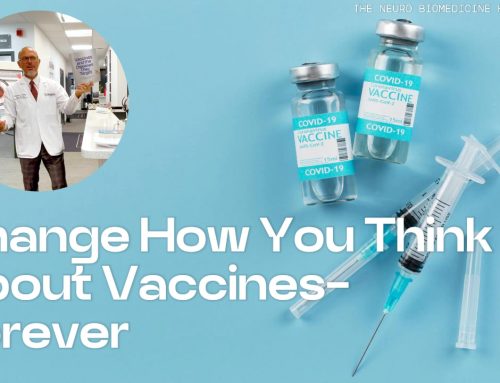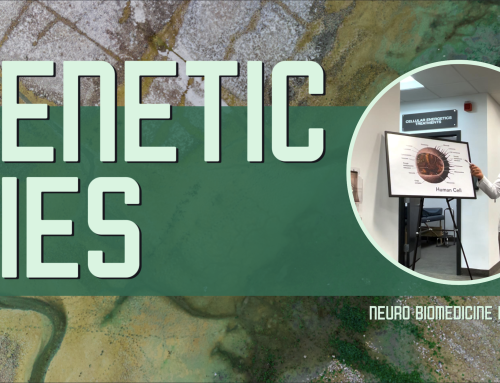In this video, I wanted to explain how lipoproteins are classified by size and density and why the whole idea of “LDL is bad and HDL is good” is way too simplistic. Lipoproteins range from chylomicrons (the largest, with the most free fatty acids) to VLDL, IDL, LDL, and then HDL (which has the least). The real difference between LDL and HDL is just their fatty acid content, about 80 percent for LDL and 50 percent for HDL. That doesn’t make one good or bad on its own.
What really drives heart attacks and strokes isn’t cholesterol or blood pressure. Those are just downstream effects. The real issue is chronic stress on the nervous system, which weakens the endothelial lining, the protective barrier inside your blood vessels (and similar barriers in your gut, skin, lungs, and brain). If that lining breaks down, lipids can get inside the vessel wall and trigger inflammation, which leads to disease. The key is to focus on protecting and repairing those barriers. We can even measure how your barriers are doing with tools in our office. If your barriers are healthy, you don’t need to stress about cholesterol or blood pressure. They won’t be a problem.



